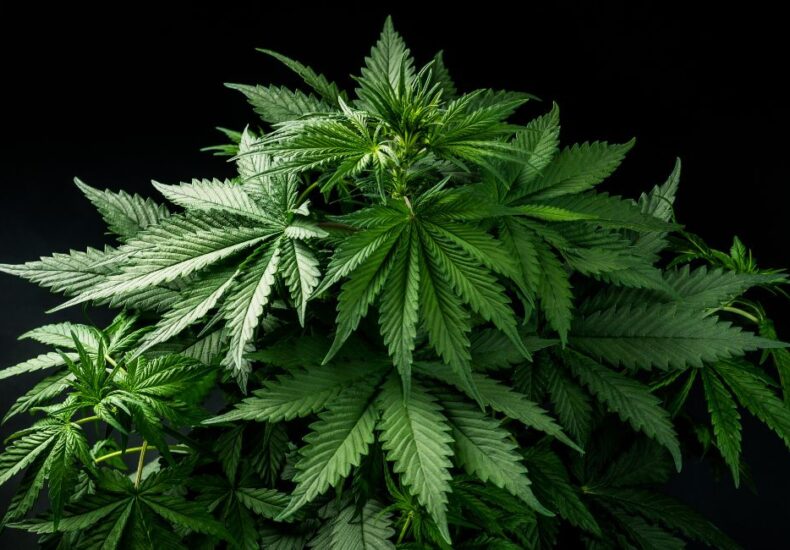
Elevating Marijuana in Wellness:
The integration of marijuana into wellness practices has gained significant traction in recent years. As perceptions shift and research expands, the potential benefits of cannabis in promoting health and well-being are becoming more widely recognized. This article explores the multifaceted role of marijuana in wellness, examining its therapeutic applications, societal impacts, and future prospects.
The Historical Context of Marijuana in Wellness
Historically, cannabis has been utilized for its medicinal properties across various cultures. Ancient Chinese texts reference its use for pain relief, while Indian Ayurvedic practices have long incorporated it for its healing attributes. In the Western world, cannabis was a common ingredient in medicinal tinctures during the 19th century. This historical backdrop sets the stage for its modern resurgence in wellness.
Therapeutic Applications of Marijuana
Pain Management
One of the most well-documented uses of marijuana is in pain management. Studies have shown that cannabinoids, the active compounds in cannabis, interact with the body’s endocannabinoid system to reduce pain and inflammation. This has made it a popular alternative for individuals seeking relief from chronic pain conditions such as arthritis and fibromyalgia.
Mental Health Support
Marijuana’s potential in supporting mental health is another area of growing interest. Research suggests that certain strains can alleviate symptoms of anxiety and depression. The calming effects of cannabis may help individuals manage stress and improve overall mental well-being.
Sleep Enhancement
For those struggling with sleep disorders, marijuana may offer a natural remedy. Certain strains are known for their sedative properties, helping to promote relaxation and improve sleep quality. This has led to an increase in the use of cannabis-based products for insomnia and other sleep-related issues.
Case Studies and Statistics
Several case studies highlight the positive impact of marijuana on wellness. For instance, a study conducted by the University of New Mexico found that patients using cannabis reported a 50% reduction in symptoms of depression. Another study published in the Journal of Pain found that 80% of participants experienced significant pain relief after using medical marijuana.
- A 2019 survey by the Brightfield Group revealed that 62% of CBD users reported using it to treat a medical condition, with anxiety, depression, and pain being the most common.
- The American Sleep Association reports that 30% of adults suffer from insomnia, and cannabis is increasingly being used as a treatment option.
Societal Impacts of Marijuana in Wellness
The growing acceptance of marijuana in wellness has broader societal implications. As more states and countries legalize cannabis, the stigma surrounding its use is diminishing. This shift is opening up new opportunities for research and innovation in the wellness industry.
Economic Growth
The legalization of marijuana has spurred economic growth, creating jobs and generating tax revenue. The cannabis industry is projected to reach $73.6 billion by 2027, according to Grand View Research. This economic impact extends to wellness-focused businesses, including dispensaries, wellness centers, and product manufacturers.
Access to Alternative Therapies
Legalization has increased access to alternative therapies for individuals seeking holistic approaches to health. Cannabis-based products are now available in various forms, from oils and tinctures to edibles and topicals, providing consumers with diverse options for incorporating marijuana into their wellness routines.
The Future of Marijuana in Wellness
As research continues to uncover the potential benefits of marijuana, its role in wellness is likely to expand. Innovations in product development and delivery methods are making cannabis more accessible and user-friendly. Additionally, ongoing studies are exploring new therapeutic applications, such as its potential in treating neurological disorders and enhancing athletic performance.
Regulatory Developments
Regulatory developments will play a significant role in shaping the future of marijuana in wellness. As more regions move towards legalization, standardized regulations will be necessary to ensure product safety and quality. This will also facilitate further research and clinical trials, providing a clearer understanding of cannabis’s health benefits.
Integration into Mainstream Wellness
The integration of marijuana into mainstream wellness practices is already underway. Wellness retreats and spas are incorporating cannabis-infused treatments, while fitness centers are exploring its use in recovery and performance enhancement. This trend reflects a broader acceptance of cannabis as a legitimate component of a healthy lifestyle.
Conclusion
The elevation of marijuana in wellness represents a significant shift in how society views and utilizes this ancient plant. With its potential to alleviate pain, support mental health, and enhance overall well-being, cannabis is poised to become a staple in modern wellness practices. As research and acceptance continue to grow, the future of marijuana in wellness looks promising, offering new possibilities for health and healing.
Recent Posts
- Discovering Adaptogenic Features of Mushrooms in Your Daily Mixture
- Unveiling the Truth: Comprehensive Lear Funding Reviews
- Handling Your Pet’s Arthritis with CBD: An Animal Owner’s Overview
- Tranquil Dogs: The Power of CBD for Canines with Stress and anxiety
- An Investor’s Guide to Navigating the Best Gold IRA Companies